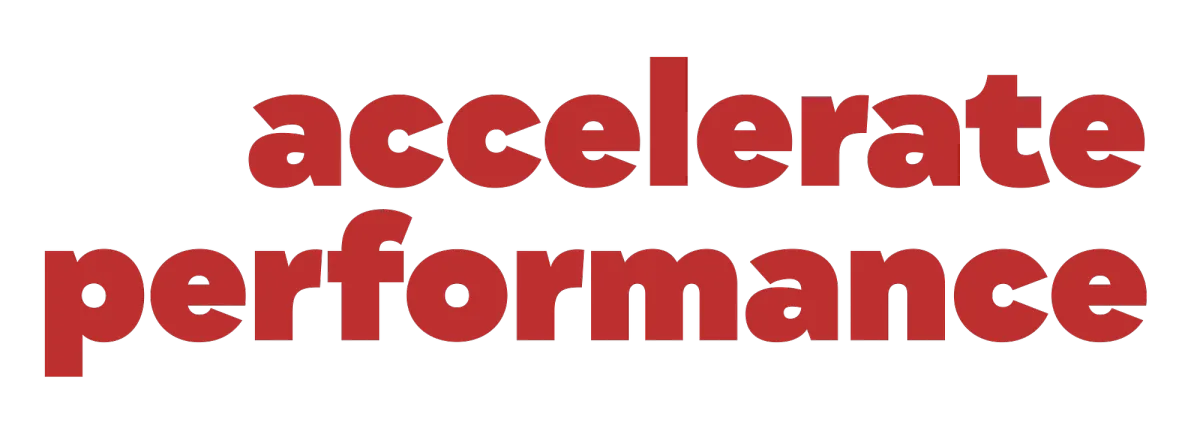WHAT IS HYPNOSIS?
There are so many books, papers, and web pages that go into the history, theory, and detail of medical use and therapeutic efficacy. Instead of doing that here, we’ll give you a simple model of what hypnosis is.
At its most fundamental, hypnosis is a means of accessing unconscious resources. It enables you to access the REM state (Rapid Eye Movement, usually found during sleep) while awake.
Hypnosis involves trance as a means of bypassing what’s referred to as the Critical Faculty in order to get to the unconscious resources. The Critical Faculty is what makes us analytical and prevents us from taking everything at face value, but it can be suspended, for example, when watching a TV programme or a film or during hypnosis.
Hypnosis is a relationship between a hypnotist and the subject where there is a feedback loop that causes a hypnotic state. This hypnotic state allows information to move freely between the conscious and unconscious mind without the Critical Faculty second-guessing everything.

Hypnosis is typically used in two ways – stage and therapeutic hypnosis.
You may have seen stage hypnotists get people to bark like a dog or quack like a duck for the entertainment of the crowd, so you might think that Hypnosis will mean you’re out of control and that stuff is being done to you. But the reality is entirely different – in a stage show, people are there to be entertained and when they volunteer, they know what type of thing they’re volunteering to do. We’ve all seen the shows. What a stage hypnotist can’t do is get the subject to do anything their unconscious mind does not want to do.
The same is the case in therapeutic hypnosis, also known as Hypnotherapy. During these sessions, the hypnotist and subject talk about the purpose of the session and focus on making the changes necessary for the unconscious to modify how it operates. The subject is always in control.
In Hypnotherapy, the hypnotist facilitates changes at a deeply unconscious level so that those changes are fundamental and long-lasting.
ABOUT
Accelerate Performance is on a mission to provide people with the tools and skills to lead their best life. If you want to undertake training to become an NLP Practitioner or Master Practitioner, or a Hypnotherapist, or you’d like a series of one-to-one Hypnosis, NLP or Time Line Therapy sessions, or could do with some coaching, then we are here to help. Contact us.
© Accelerate Performance (AP) Ltd
CONTACT US
Accelerate Performance (AP) Ltd
Dalton House
Windsor Avenue
Wimbledon
London
SW19 2RR
Email: [email protected]
Tel: 07723 322304
